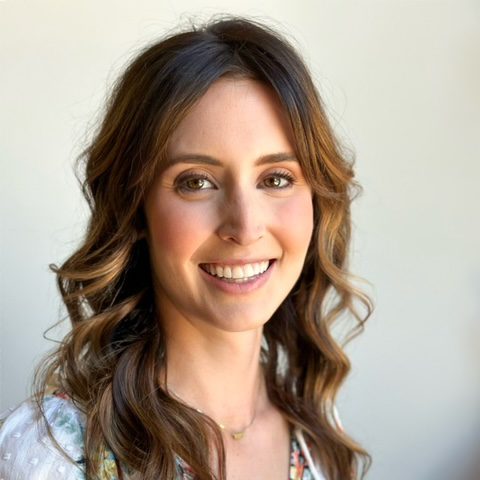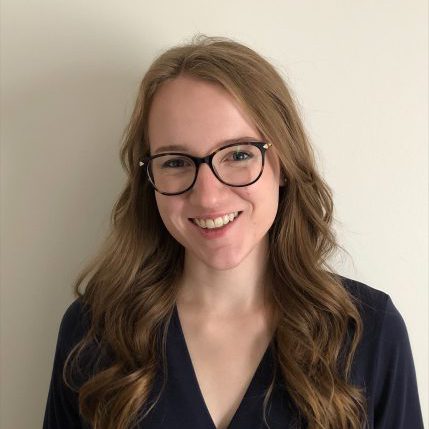Nap or rest time should be peaceful for children and their caregivers. However, it’s not a completely carefree part of the daily schedule. Sleeping can be a high-risk activity, especially for children under the age of one year — even more so if careful attention is not paid to the sleeping environment. Annually in the United States, approximately 3,500 deaths occur that are sleep related. Sudden infant death syndrome, or SIDS, is one example of a sleep-related death.
SIDS is a diagnosis of exclusion after all other potential causes of death have been ruled out. These deaths occur in seemingly healthy infants and are often associated with sleep. There are things you as the childcare provider can do to decrease risk and create a safe sleep environment for infants enrolled in your care.
The American Academy of Pediatrics (AAP) published a policy statement in the July 2022 issue of Pediatrics that updated recommendations for reducing infant deaths in the sleep environment. General safe-sleep practices include:
- Having a smoke-free environment (avoid alcohol, marijuana, opioids, etc.)
- Infants are placed on their backs to sleep on a flat (non-inclined), firm surface.
- Avoid sitting devices for sleep (car seat, bouncer, etc.).
- Breastfeeding, if possible, reduces the risk of SIDS.
- Parents should sleep in the same room but not the same bed for at least 6 months.
- It is a protective factor for the baby to receive routine immunizations.
- Pacifier use is associated with reduced risk for SIDS.
- Avoid commercial devices that claim to help prevent SIDS such as alarm devices; these give a false sense of security.
- Supervised tummy time when awake is recommended for muscle development.
Swaddling Swaddling: Is it Safe for Your Baby? – HealthyChildren.org
The AAP American Academy of Pediatrics Updates Safe Sleep Recommendations: Back is Best (aap.org) has said the following about swaddling, “There is no evidence to recommend swaddling as a strategy to reduce the risk of SIDS. If infants are swaddled, always place them on the back. Weighted swaddles, weighted clothing or weighted objects on or near the baby are not safe and not recommended. When an infant exhibits signs of attempting to roll (which usually occurs at 3 to 4 months but may occur earlier), swaddling is no longer appropriate, as it could increase the risk of suffocation if the swaddled infant rolls to the prone position.”
Some child care centers have policies against swaddling infants at their center due to the risks of swaddling. These risks include a decrease in baby’s arousal, overheating, hip dysplasia, and suffocation if baby rolls over. Swaddled infants should be monitored to ensure they have not rolled over and are not overheating. Signs of overheating include damp hair, flushed cheeks, heat rash, and rapid breathing. If a baby is not swaddled at home, they should not be swaddled while in care. According to HealthyChildren.org Swaddling: Is it Safe for Your Baby? – HealthyChildren.org, “studies show babies who are not usually swaddled react differently when swaddled for the first time at this older age. They may have a harder time waking up, which increases their risk of SIDS.”
Sleep Policy for Program
A Safe Sleep policy can help to ease any fears that parents may have leaving their infant in your care. It is important to outline the sleep practices you and your staff will take while the child is in your care. This not only helps to ensure that all staff are following guidelines, but also serves to educate your parents about best practices they can follow at home for when their infant is sleeping. Educating parents on safe sleep practices has been shown to be effective in decreasing the number of SIDS deaths. The Kansas Infant Death and SIDS Network reported that “Largely as a result of public awareness raised by Back to Sleep (BTS) Campaign messages,
the number of SIDS deaths declined by more than 40% between 1992 and 1997.
– Kansas Infant Death and SIDS Network (Pediatrics, March, 2000, p.650)
As a childcare provider, you play an important role in continuing to spread this education through policy development and use, and providing handouts to parents on safe sleep practices. For assistance in reviewing, editing, or developing a safe sleep policy for your daycare, you can reach out to Child Care Health Consultants at (785) 823-3343 and request to speak with the Nurse Consultant in your area, through our website at https://ks.childcareaware.org/cchc , or by emailing cchc@ks.childcareaware.org.
Education Resources for Parents and Providers
Frequently Asked Questions (FAQs) About SIDS and Safe Infant Sleep | Safe to Sleep® (nih.gov)
What Does A Safe Sleep Environment Look Like? (nih.gov)
In Spanish: Amamantar a su bebé reduce el riesgo del síndrome de muerte súbita del bebé | Safe to Sleep® (nih.gov)
Helping Babies Sleep Safely | CDC
Ways to Reduce Baby’s Risk | Safe to Sleep® (nih.gov)
While naptime may not be without risk, you and the children in your care can rest easier knowing that the best practices for safe sleep are being followed. To help ensure this, you can provide educational materials to both staff and parents. Developing a safe sleep policy, if you don’t already have one, can be another way to ensure safe sleep practices are being followed while children are in your care. You can also help by assisting the parents in tracking and staying up to date with their routine childhood immunizations as they can be a protective factor against SIDS.
For any questions, you can reach out to Child Care Health Consultants at (785) 823-3343 and request to speak with the Nurse Consultant in your area, through our website at https://ks.childcareaware.org/cchc , or by emailing cchc@ks.childcareaware.org.
-

Erica Goldsby
Child Care Nurse Consultant, Child Care Aware of Kansas
Erica has a Bachelors in Science of Nursing MWSU and a Masters of Public Health KSU. She has five years experience working at Fort Riley engaged with Child and Youth Services programs as a Public Health Nurse and Child and Youth Services Nurse. She has worked with children ages 6 weeks-18 years with a variety of special needs. She is an American Heart Association HeartSaver Instructor. Taught daycare providers at Fort Riley about Medication Administration, Communicable Diseases, Bloodborne Pathogens, and Diabetes.
-

Jessica Gable
Child Care Nurse Consultant, Child Care Aware of Kansas
Jessica works as a nurse consultant from her hometown of Derby. Before joining Child Care Aware of Kansas in 2022, she worked as a pediatric home health nurse. Jessica holds a bachelor’s degree in nursing from the University of Nebraska Medical Center. In her free time, she enjoys being creative with self-portrait photography and trying out new recipes!






